Pathfinder from BMW. Intelligent and networked microNavigation for destinations not yet covered in current systems or only with incomplete coverage.
Just imagine that you are on your way to BMW Welt and you know that you have to get your tickets for the guided tour through the BMW Munich Plant at the Info Counter South. The following questions occur to you in quick succession: Where can I park? How do I get into the multi-storey car park and how can I find my way around in BMW Welt? Naturally, the navigation system can show you the way to BMW Welt. Unfortunately, more detailed information on complex destination venues like this is not available – yet. Specialists at BMW Group Research and Technology have taken up this challenge with the aim of giving BMW drivers even more confidence and convenience.
More detailed map display in complex destination areas.
The experts are unlocking completely new potential for navigation in the microNavigation research project. The researchers are using the BMW 3 Series as a prototype. A detailed large-scale map display allows complex enclosed destination areas to be visualised which are not covered by road maps in today’s navigation systems or only have incomplete coverage. This extended navigation solution does not abandon drivers where conventional navigation leaves off. Even outside the vehicle, a mobile unit guides drivers to their desired destination and back to the vehicle. “The realistic visualisation of a building like a complex multi-storey car park by means of a micro-Navigation card in the Central Information Display of the research prototype gives the user a clear navigation and information advantage that goes significantly beyond the conventional scope of a road navigation solution,†explains Carsten Isert, Project Manager for microNavigation at BMW Group Research and Technology.
Looking at it in detail, the system works like this: Drivers are able to download information about their destination in advance on their home PC. If there is a microMap for the destination area, the driver is offered this automatically and they can select their destination within the microMap. This destination is automatically transferred with the map data to the vehicle and augments the navigation available there. Naturally, sometime in the future it will also be possible to download microMaps at will while the driver is on the move. Researchers have also developed lane-specific positioning for the vehicle by networking camera information, GPS coordinates and map data. The driver is guided to the desired destination on a lane-specific route – for example a free parking space near the lift in the best position. Detailed maps in combination with precise car-park positioning provide support for drivers in finding their way around car parks and during the journey. After parking the vehicle, the data can be transferred to the driver’s mobile device. This handheld then provides continuous navigation and helps drivers to navigate on foot in complex and unknown destination areas. “microNavigation gives drivers tailor-made navigation during the journey and at the destination and thereby significantly increases confidence and convenience,†adds Robert Hein, Head of Navigation and Data Services of the Future at BMW Research and Technology.
Many years of experience in the development of navigation systems.
The advance of today’s BMW navigation systems compared with retrofit solutions and dedicated solutions installed in vehicles by other manufacturers is ultimately derived from a long track record of experience. BMW was the first manufacturer in Europe to launch an integrated navigation system for a series vehicle in 1994. This formed one of the foundation stones for innovative systems to network vehicles with their surrounding environment. Today, these systems are grouped under the concept of BMW ConnectedDrive. BMW is consistently developing its navigation systems with the aim of maintaining its leadership position in this area. Development is focusing on innovative supplementary functions designed to enhance safety and convenience. BMW Research and Technology is also playing an important role with the microNavigation research project.
BMW Group Research and Technology
BMW Forschung und Technik GmbH is a wholly-owned subsidiary of BMW AG and has been responsible for research at the BMW Group since 2003. VehicleTechnology, CleanEnergy (hydrogen technology), EfficientDynamics (intelligent energy management/alternative drive systems), ConnectedDrive (driver assistance/active safety) and ITDrive (IT and communications technology) activities all come under its umbrella. Its legal independence as a GmbH (limited company) ensures creative freedom and unbeatable flexibility. Worldwide access to trends and technologies is provided by an established international network with bases in the USA (Palo Alto, CA and Clemson, SC) and Japan (Tokyo), plus Liaison Offices in France with Eurécom (Sophia Antipolis) and in Germany in the shape of the German Research Center for Artificial Intelligence (DFKI GmbH) in Saarbrücken.
 BMW.SG | BMW Singapore Owners Community The Ultimate BMW Community – Established Since 2001
BMW.SG | BMW Singapore Owners Community The Ultimate BMW Community – Established Since 2001





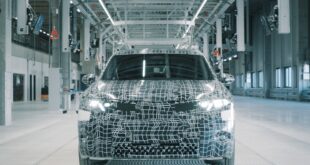
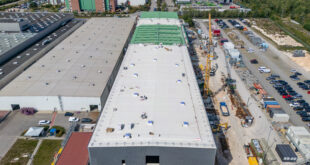
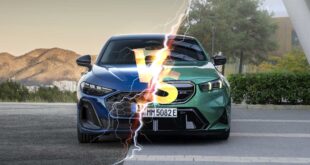

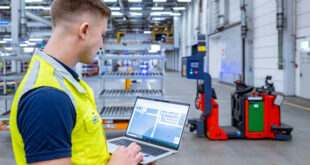







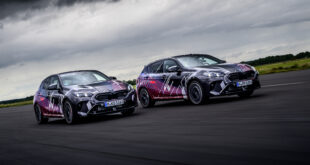

Sorry for my bad english. Thank you so much for your good post. Your post helped me in my college assignment, If you can provide me more details please email me.